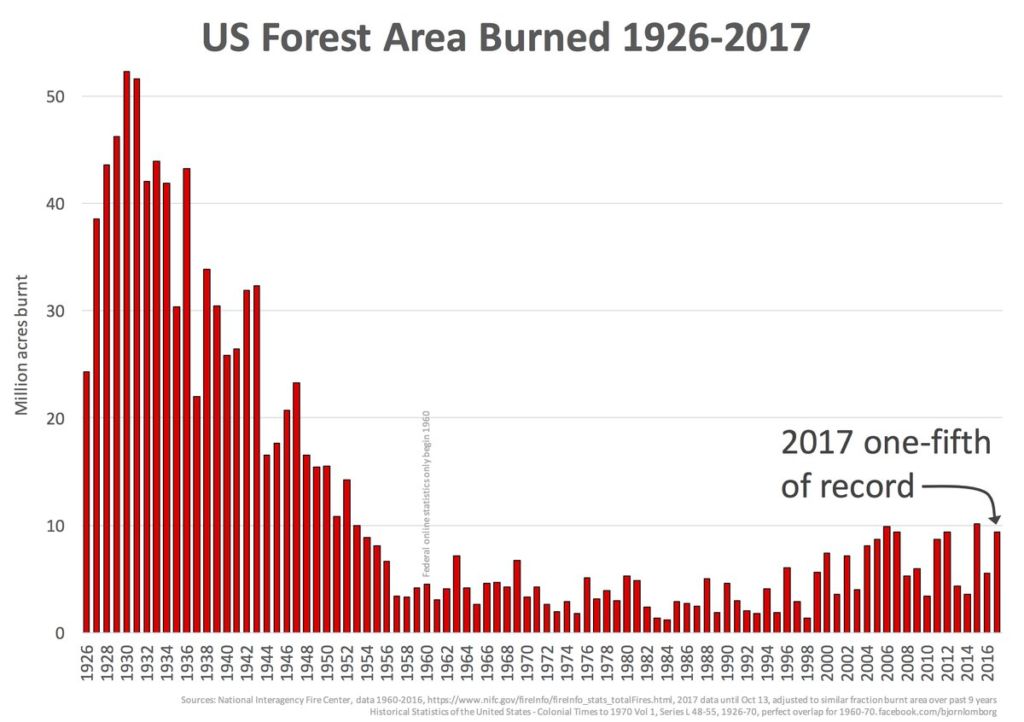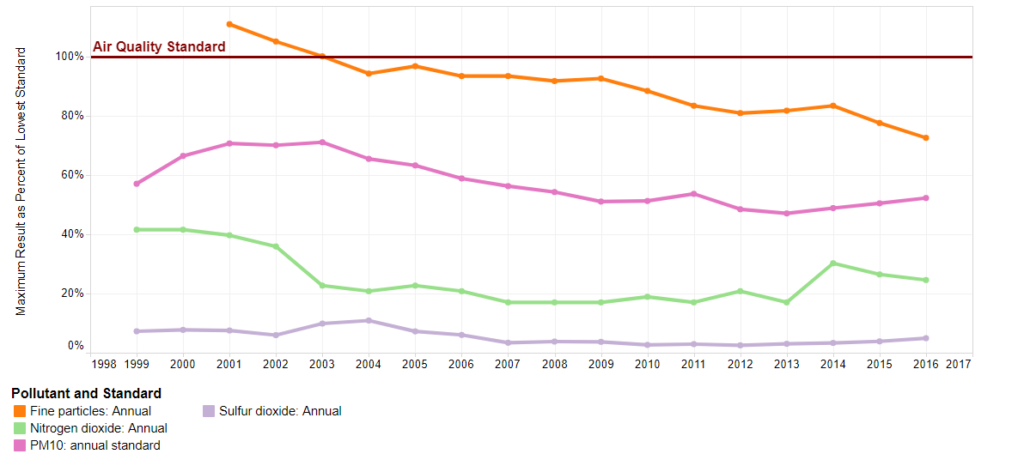MPCA testimony: The air is getting cleaner
On Tuesday, January 22, 2019, the Minnesota Pollution Control Agency (MPCA) delivered a presentation to the Minnesota House of Representatives detailing the condition of the state’s air. In what may be a surprise to many people, the air quality in Minnesota has improved significantly from 2003.
According to an article reporting on the hearing:
In a presentation about air quality, Kohlasch and Greta Gauthier, the PCA’s assistant commissioner of legislative and intergovernmental relations, said that the number of “bad air days” – when the air becomes unhealthy for sensitive groups — is declining, while good days are mostly on the rise since 2008.
Although amounts of fine particles are down over 20 percent since 2003, Kohlasch and Gauthier said that the number of premature deaths in Minnesota attributable to fine particles is in the thousands each year. The chief source of fine particles is residential woodburning, but Kohlasch noted that the state’s eight air pollution alerts in 2018 were mostly due to smoke from wildfires and forest fires elsewhere.
There are a few things to unpack here. First, there were only eight days throughout all of last year where air pollution alerts were issued, and secondly, the air quality alerts were issued due to factors that are entirely outside our control.
Those who argue Minnesota’s greenhouse gas emissions are causing larger and more intense fires in states like California are ignoring the fact that more acres of US forest burned from 1926-1950 at a time when all of humanity had only emitted 10 percent of the carbon dioxide into the atmosphere from burning fossil fuels than we have in decades since. In fact, about one third of all human carbon dioxide emissions from burning fossil fuels has occurred since 1998.
Minnesotans are contributing to emissions, but not from power plants. As MPCA stated:
As for overall air pollution emissions, the largest percentage (35 percent) comes from “neighborhood sources” like dry cleaning, home heating and backyard fires, while 24 percent is from cars and trucks, 21 percent from industrial facilities and 20 percent from off-road vehicles and equipment.
This means Minnesota’s air pollution regulations have successfully cleaned the air of traditional pollutants, and the air is safe. As shown in the figure below, Minnesota’s air is below the most protective air quality standards that were established to ensure the health of vulnerable populations like children and the elderly.

Notice the attainment of air quality standards occurred before the Next Generation Energy Act mandated the use of renewable energy in 2007. This was due in large part to new pollution control technology on coal-fired power plants. Today, air quality today in Minnesota is a function of natural levels of particulates in the air and pollution from other countries like China, where air quality regulations are lax compared to the United States.
This is why arguments for “Cleaner and Cheaper” electricity from faux conservative energy folks are so baseless. Our electricity prices have increased 26 percent faster than the national average since 2007, even though Minnesota was already meeting the air quality standards established by environmental protection agencies. Rather than “cleaner and cheaper,” our electricity is “Still clean and much more expensive.”